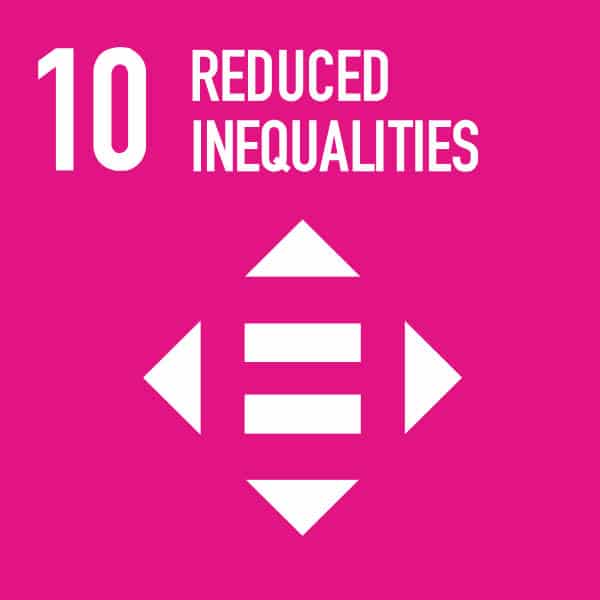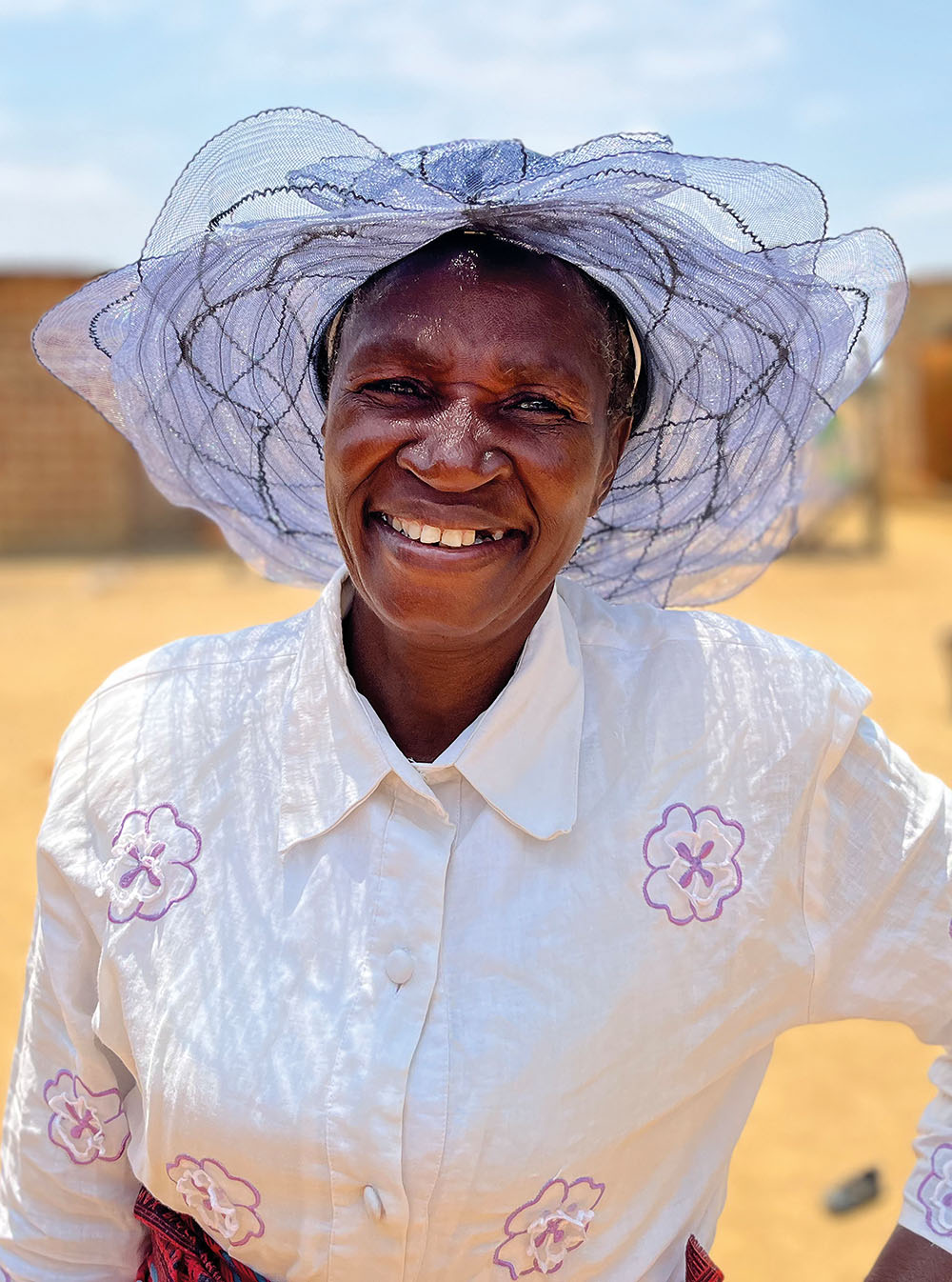AFRICA ADAPTING:
HARNESSING POTENTIAL
Africa Adapting is an exhibition that illustrates how women and girls in communities across Africa are adapting to a changing, challenging world.

Uganda Adapting: GINGER SPICE
Joyce is part of a youth group in Uganda that is growing ginger commercially to earn a living. In an area still recovering more than a decade on from years of violence, and with high youth unemployment, ginger is a valuable cash crop that’s providing an income for 220 young members of nine local producer groups. Joyce and other young farmers were provided with rhizomes (root stock) and training by Self Help Africa. They have also been linked to a commercial buyer who processes and sells ginger products for sale across Uganda and to international markets.






The Gambia Adapting: MANGROVE PROTECTORS
Fatou is among hundreds of women who are growing oysters commercially on wooden racks that they’ve installed along the shoreline and riverbanks of The Gambia’s west coast. Fatou’s business is in the midst of dense mangrove swamps, which the women oyster farmers are also working to conserve. Their efforts are part of a wider environmental effort - part of a project funded by Irish Aid - to replant and restore West Africa’s mangroves, up to 25% of which have been lost to human development and changing climate in recent decades.







ZAMBIA Adapting: BANKING ON CHANGE
Rosemary is a grandmother of 12 from a village in Zambia. For the first time in her life, Rosemary has ‘money in the bank’– savings that she’s accumulated as a member of a local village savings and loans group. Rosemary has been saving with the Tiyumi Group (Tiyumi means ‘courage’ in her local dialect) for four years. She has used her savings and small loans to build a small business, trading poultry and other goods.





ZAMBIA Adapting: GREEN CAMPAIGNER
Ellen is a young activist with the Green School Club at her school in Zambia. She knows that people in Zambia aren’t to blame for the greenhouse gases that cause global warming, but believes that everyone has a part to play in protecting the planet. There are 13 Green School Clubs in Zambia. Through these clubs, students advocate recycling and reusing plastics, working to reduce charcoal-making and tree-felling, and try to raise awareness at home and in their communities of local environmental issues.



Kenya Adapting: TAPPING THE TREES
The natural sap of a thorny scrubland tree might seem an unlikely source of income. But for the semi-nomadic Samburu tribeswomen in northern Kenya, the sticky resin that is ‘tapped’ from the desert acacia is valuable. The gum arabic that they collect is processed and refined, and eventually finds its way into a host of global brands and household products – including drinks, confectionary, paints, ceramics and more. Around 7,000 tribeswomen benefit from the enterprise, which has been supported by Self Help Africa.




Malawi Adapting: CLEAN COOKING
There are multiple benefits to the simple clay cook stoves that Adeere manufactures as a member of a women’s enterprise group in southern Malawi. The stoves that Adeere makes burn hotter and cleaner than traditional open fire cooking and require up to 70% less wood or charcoal. This not only reduces deforestation and carbon emissions but also reduces the amount of family labour spent gathering fuel wood.



Kenya Adapting: COTTON COMEBACK
Like hundreds of small-scale farmers in Kenya’s Rift Valley, Consolata is reaping the dividends of a revival of traditional natural clothing. After a generation-long onslaught of low-cost synthetic alternatives, her bales of organic cotton are a new and valuable cash-crop that supplements her farming income.




Malawi Adapting: YOU’RE KIDDING
Goat rearing is inextricably linked to rural life in Malawi. Some 90% of rural households keep goats. They provide a source of meat, milk and manure for small-scale farmers like Nellie. Cross breeding with stronger larger breeds have improved bloodlines. Self Help Africa, together with academics at Queens University, Belfast have developed an effective low-cost method to detect worm infestation in goats – a common problem that benefits from early treatment.



Ethiopia Adapting: WATER HARVEST
Although Ethiopia has an abundance of lakes and some of Africa’s biggest rivers, water shortage remains a major obstacle to food production. A community irrigation scheme has helped to route water onto nearby farmland and made the large-scale production of vegetables, including carrots, cabbages and radishes, possible. Husband and wife, Tekleye and Asnakech, run the farm, which now provides seasonal work for up to a dozen local women.



BURKINA FASO Adapting: GREEN PLATEAU
Innovative use of scarce water has been at the heart of efforts to increase food production on the hot dry plateau of central Burkina Faso in West Africa. In Kourweogo Province, villagers like Habilou joined Self Help Africa producer groups who received tools, drip irrigation kits that optimise water use, and improved quality seed. Farm training also allowed Habilou and other farmers to maximise the potential of several hectares of seasonally-flooded land, where upland rice, onions and other vegetables are now grown.




ETHIOPIA Adapting: BACKYARD BIRDS
Small-scale backyard poultry production is an important source of income and food for millions of rural poor households in Ethiopia. For Hajat, it provides supplementary income that has enabled her to send her teenage daughters to school. Under the ‘45-day pullet programme’ she breeds chickens, rears them and sells their eggs and meat in the local market. When things go well, Hajat is able to treble her investment every 45-day cycle.




Uganda Adapting: VILLAGE CRAFTS
Against the panoramic backdrop of Uganda’s Lake Bunyonyi, villagers are finding alternatives to farming to earn a living. Susan and more than a dozen other women weave baskets, table mats and other traditional crafts using dried papyrus that they harvest from the lakeshore. These products are earning these women a living in an area that attracts large numbers of national and international tourist visitors, travelling both to lakeshore resorts and to the nearby Bwindi forest park and mountain gorillas reserve.




The Gambia Adapting: MEDICAL AMBITION
Gambian school pupil Haddy’s ambition is to become a doctor. Thanks to an innovative partnership that links her school with The Gambia’s largest fruit and vegetable exporters, and one of its biggest international customers, Haddy’s chances of getting the education she needs are brighter. Radville Farm workers and the Waitrose Foundation have provided Haddy’s school - which educates many of the kids of farm workers - with better sanitation, clean water, electricity and a kitchen garden. The produce being grown in the school garden provides Haddy and her classmates with healthy and nutritious snacks.





Thank you for visiting!
If you have time please answer the following questions.
